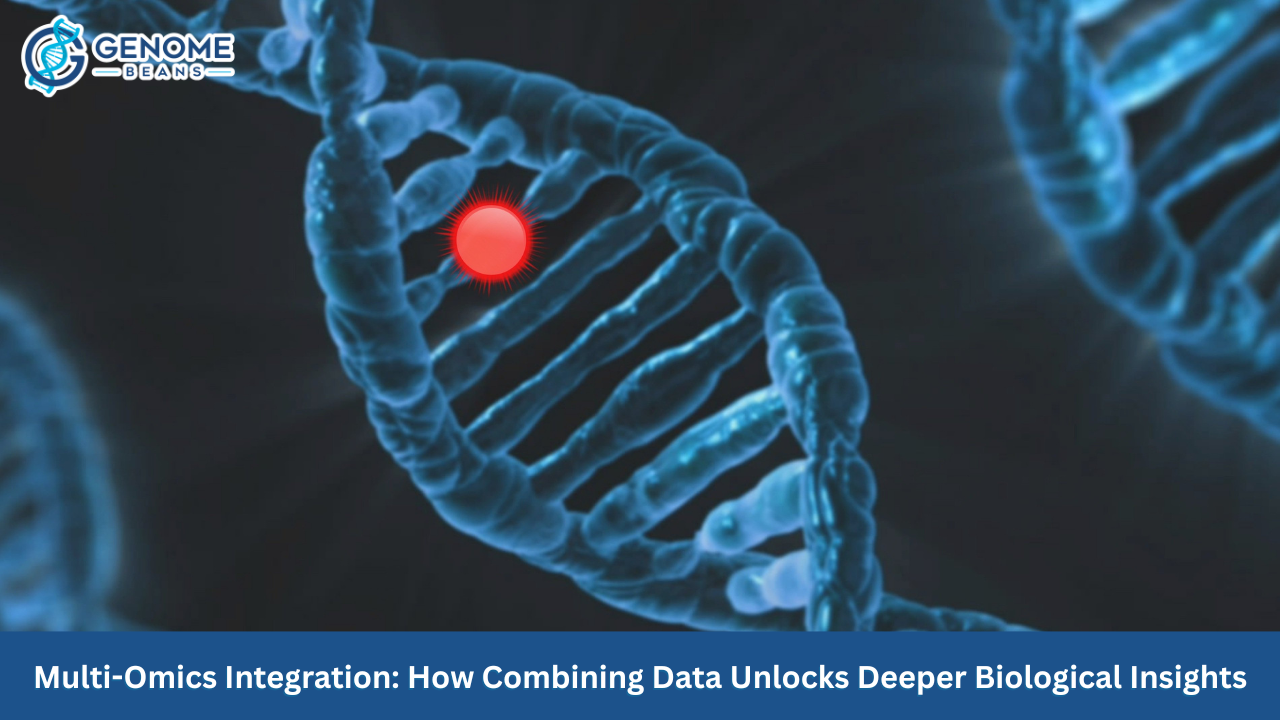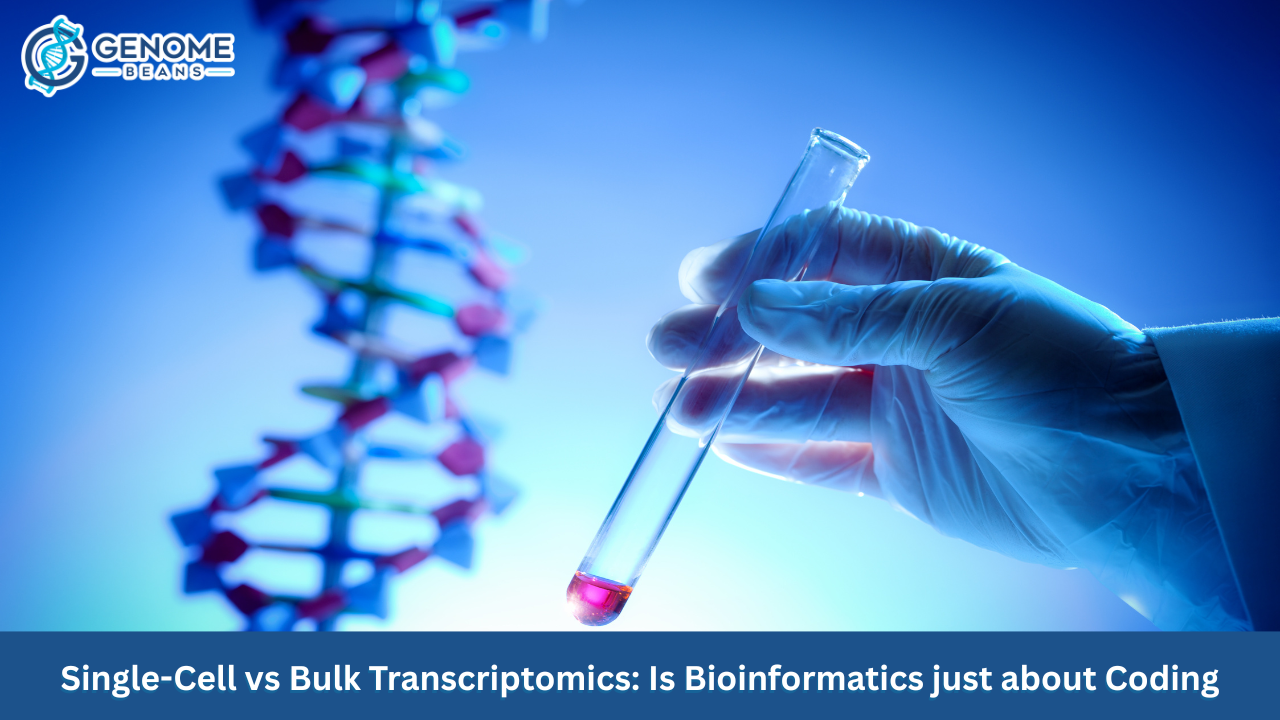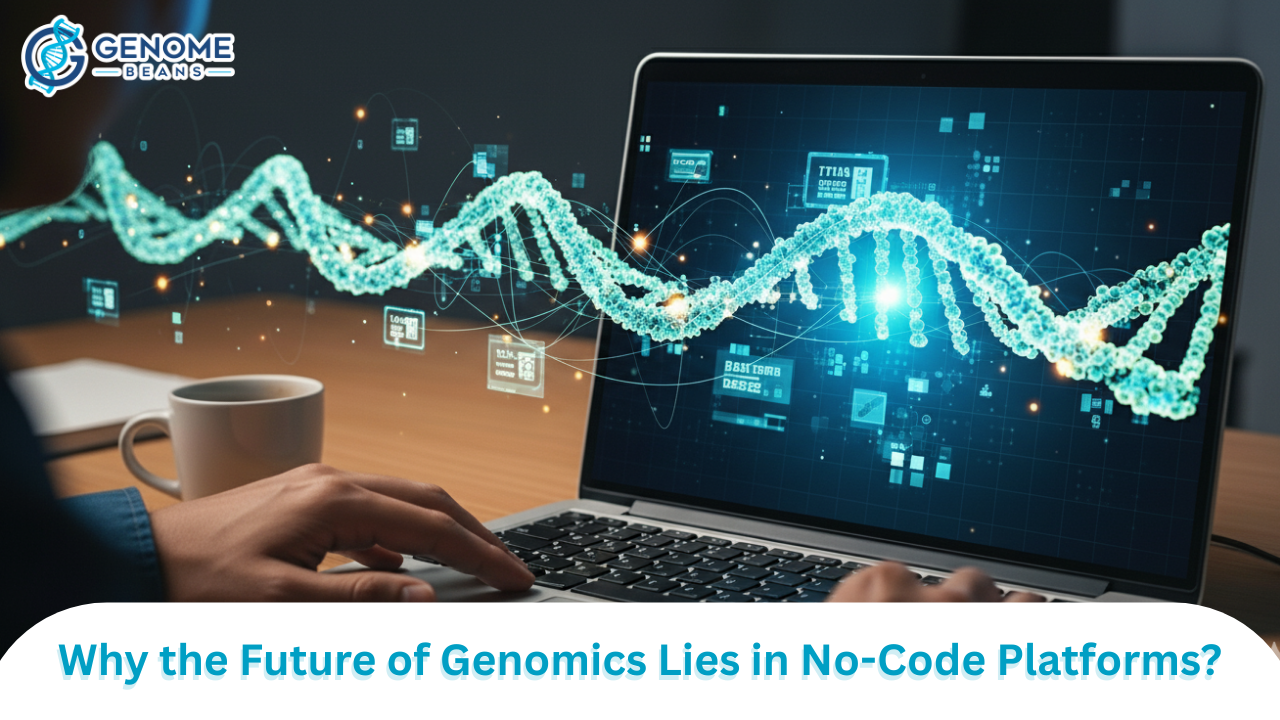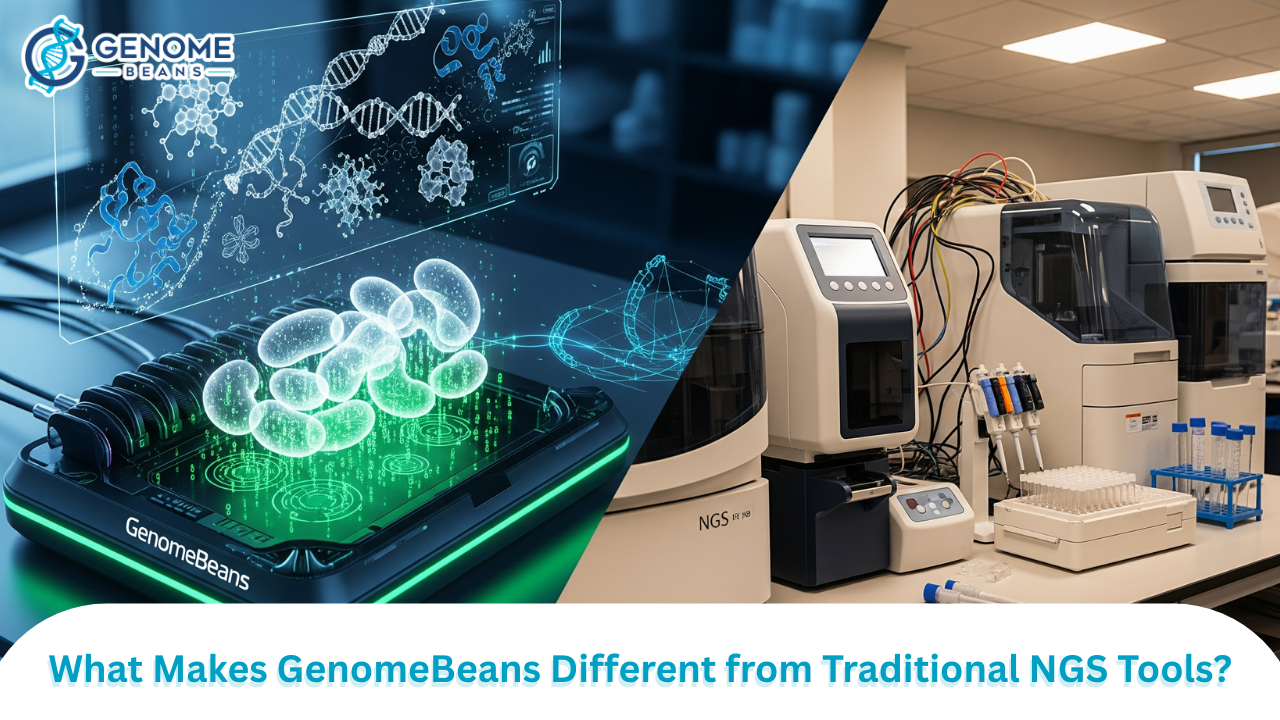Metagenomics in Practice: Simplifying Microbiome Data Analysis with No-Code Tools
Key Takeaways
- Metagenomics allows the study of microbial communities without culturing.
- Microbiome sequencing produces massive datasets that are not easy to interpret.
- Traditional bioinformatics pipelines often require coding and infrastructure.
- No-code approaches are making data analysis more approachable.
- Streamlined workflows help researchers focus on biological meaning.
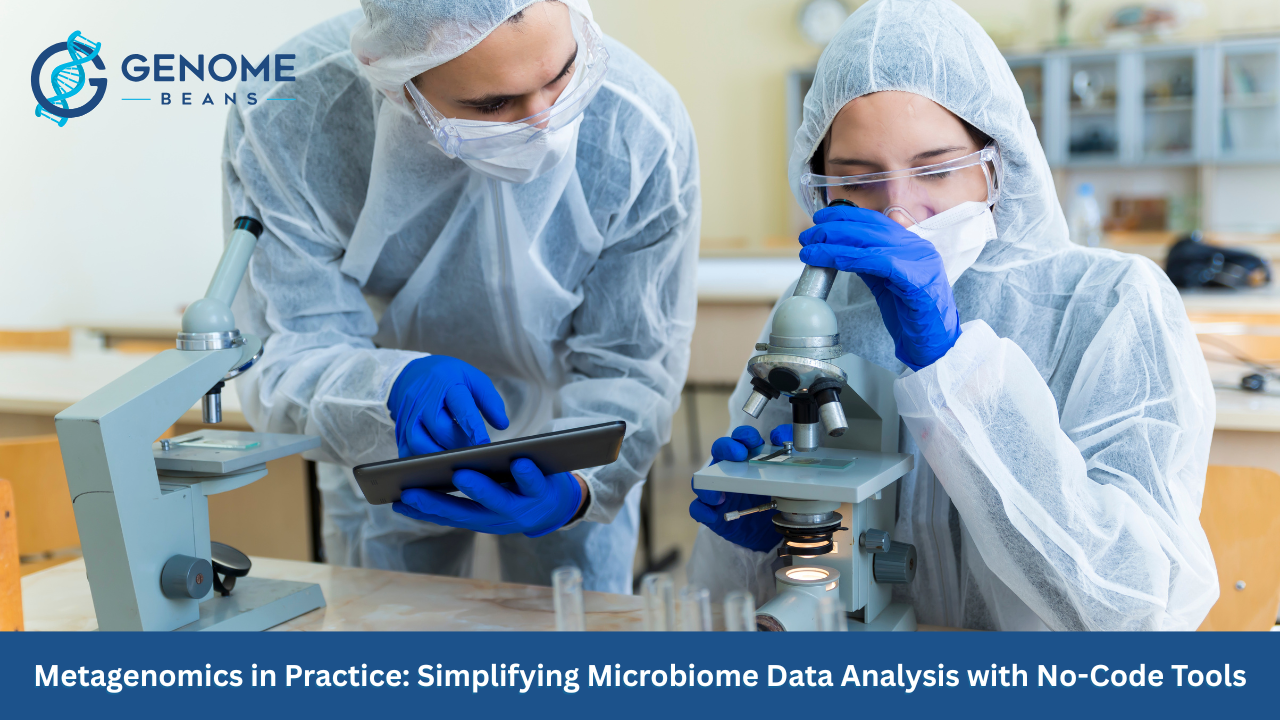
Understanding Metagenomics
Metagenomics is transforming how we explore the microbial world. Instead of isolating individual species in the lab, scientists use microbiome sequencing to capture the entire genetic content of a community. This method has revealed how microbes influence health, agriculture, and ecosystems. From gut bacteria shaping human metabolism to microbes sustaining soil fertility, the applications are broad.
The Challenge of Data Analysis
The sequencing part has become faster and cheaper, but the real challenge lies in analysing the enormous datasets. A single NGS microbiome experiment can produce millions of reads. Researchers must handle steps like quality checks, assembly, and classification—tasks usually managed with command-line metagenomic tools. These methods are powerful but demand coding knowledge, advanced servers, and time to troubleshoot.
A Simpler Approach to Microbiome Analysis
This is where no-code bioinformatics is making a difference. Instead of learning programming languages, researchers can process their data through visual workflows. Common tasks like filtering sequences, assigning taxonomy, or plotting diversity can be automated, reducing errors and saving time. The goal is not to replace traditional pipelines but to make microbial genomics more inclusive and easier to interpret.
Why It Matters
Simplifying microbiome analysis means more people—whether in medicine, agriculture, or environmental studies—can work with sequencing data directly. It encourages collaboration across fields and ensures findings are reproducible.
Conclusion
Metagenomic sequencing has unlocked new ways of studying microbial communities. While data analysis remains complex, no-code approaches are helping bridge the gap, making it easier for researchers to focus on the biology rather than the tools.



